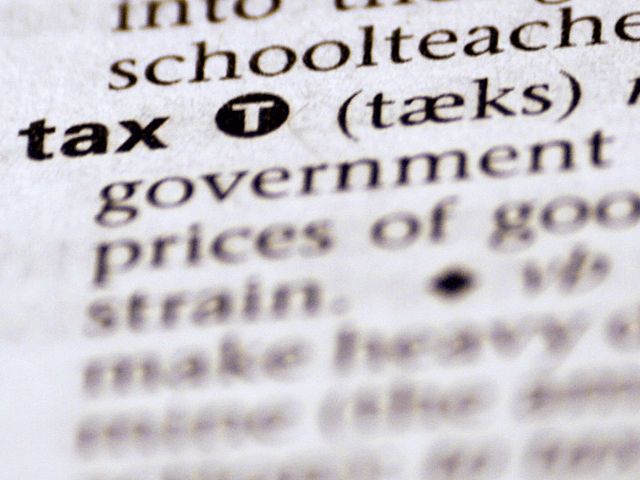The poorest people in the UK pay out nearly half of their income in taxes, new research has found. At the other end of the scale, the richest 10 per cent pay out nearly £30,000 a year more than they receive in benefits in kind.
The figures explode the government’s rhetoric on lifting the poorest out of taxation, as, although the government has given with one hand in the form of lower income taxes, it has taken with the other, primarily through VAT.
Previous analysis of the distribution of the tax burden has focused on income tax, which falls disproportionately on the highest earners. Last year, the Institute for Fiscal Studies repeatedly warned the government against looking to this group to plug its finances, arguing that “lumping more taxes on the rich” was not a sustainable strategy in the long term.
This view was further reinforced when, at the end of last year, it emerged that the top 3,000 earners pay more in tax than the bottom third of earners, some 9 million people.
However, new analysis by the TaxPayers’ Alliance shows that high taxes aren’t only a problem for the rich. This year, Value Added Tax (VAT) will be the government’s second largest source of revenue, and that tax hits lowest income households the hardest as a percentage of outgoings.
Simply looking at income tax is not representative of the overall tax burden, the TPA argues, as households lower down the income spectrum receive a far greater proportion of their income from benefits than investments or employment.
They found that, as a proportion of outgoings, tax still falls disproportionately on the lowest income decile, accounting for some 45.1 per cent of their income – that figure is down from 47 per cent last year.
The next highest was the ninth decile, who pay out 35.2 per cent of their income in tax, although all other deciles logged a similar rate. The average is 34.2 per cent.
At the other end of the scale the top 10 per cent of households pay an average of £28,685 more in tax than they receive in benefits, while the average household paid £462 more than they received in cash benefits and benefits in kind – an increase from £274 in 2012-13.
The second lowest income decile did the best out of the deal, receiving, on average, £11,653 more in benefits than they pay in tax – the most of any group.
And in a measure of how much re-distribution is taking place under a Conservative government, the figures revealed that, before taxes and benefits the income ratio between the top and bottom 10 per cent of households is 27.4 times. After taxes and benefits the income ratio is 6.1 times.
Commenting on the findings, Jonathan Isaby, Chief Executive of the TaxPayers’ Alliance, said:
“This analysis shows how pernicious our tax burden has become. Not only does the tax system hit the poorest hardest, but those at the top are already contributing far more than anybody could reasonably describe as their “fair share.” Our tax system is neither progressive nor reasonable, and the government must stick to its spending targets so that the radical reform we need can finally happen.”

COMMENTS
Please let us know if you're having issues with commenting.